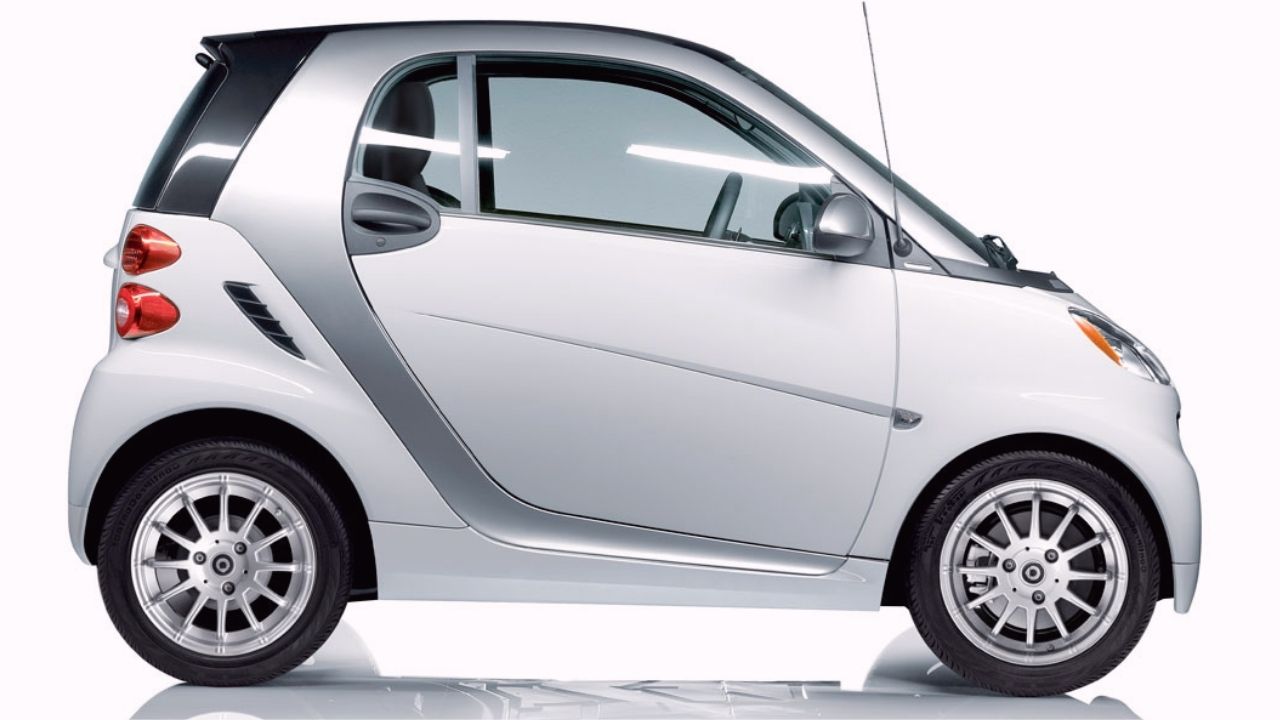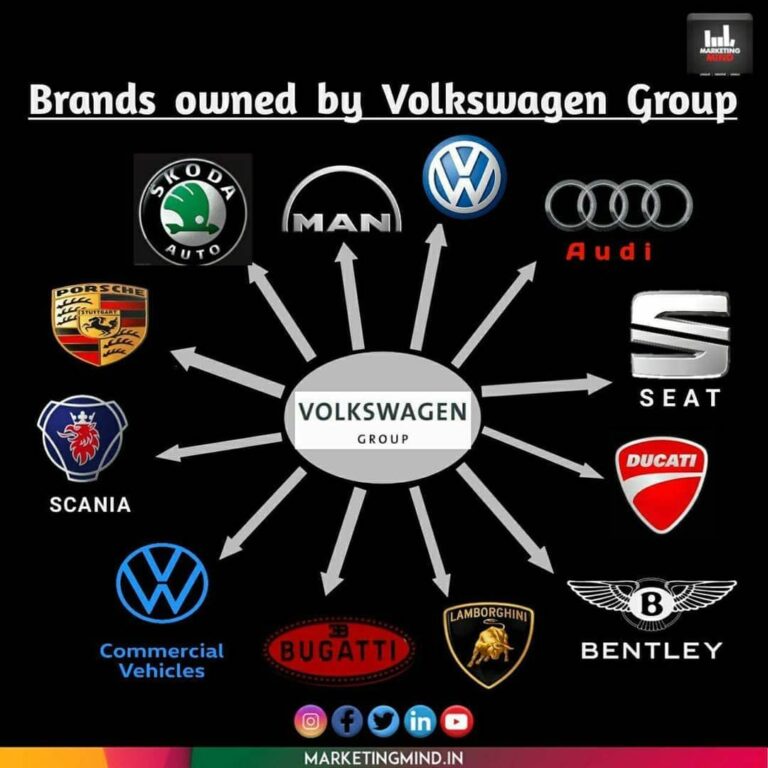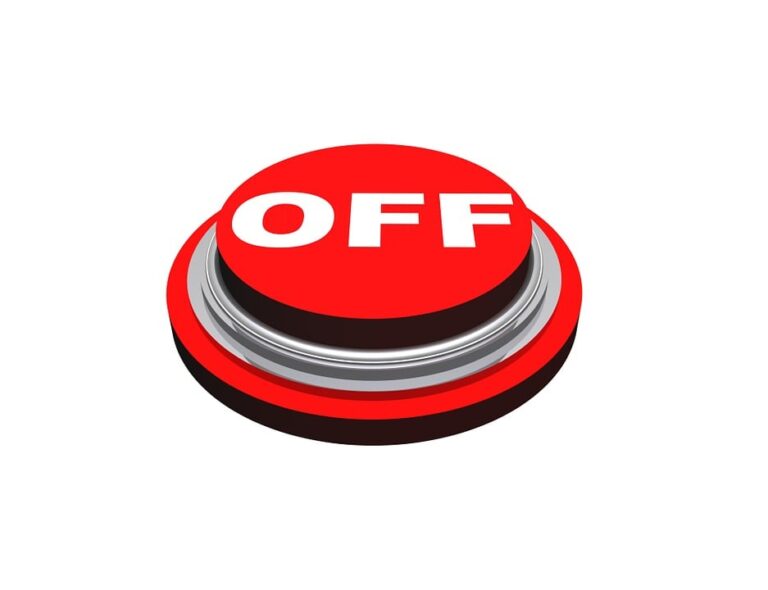Car Amp Brands: Powering Your Perfect Sound Experience
Car Amp Brands: Powering Your Perfect Sound Experience cars.truckstrend.com
In the world of car audio, where the rumble of an engine often competes with the subtleties of a symphony, a dedicated amplifier stands as the unsung hero. While your car’s head unit might be the brain of your audio system, the amplifier is undoubtedly its muscle, providing the raw power and refined clarity that stock systems simply can’t deliver. Understanding car amp brands isn’t just about picking a name; it’s about discerning which brand aligns with your audio aspirations, budget, and the specific sonic signature you crave. This comprehensive guide will navigate the intricate landscape of car amplifier brands, empowering you to make an informed decision that transforms your daily commute into an immersive auditory journey.
Understanding the Role of a Car Amplifier in Your Audio System
Car Amp Brands: Powering Your Perfect Sound Experience
At its core, a car amplifier takes the low-level audio signal from your head unit (radio, CD player, media receiver) and boosts it to a level powerful enough to drive your speakers and subwoofers effectively. Without an amplifier, even the most expensive aftermarket speakers will sound lackluster, struggling to reproduce dynamics and deep bass with clarity.
Why an Amplifier is Essential:
- Increased Power: Stock head units typically offer limited wattage (e.g., 10-20 watts RMS per channel), insufficient for robust, detailed sound, especially with aftermarket speakers. Amplifiers provide significantly more clean power.
- Improved Sound Quality: More power means less distortion. An amplifier allows speakers to operate within their optimal range, delivering crisper highs, richer mids, and tighter, more impactful bass.
- Enhanced Dynamics: From the quietest whisper to the loudest crescendo, an amplifier ensures your audio system can reproduce the full dynamic range of your music without clipping or strain.
- System Customization: Amplifiers often include features like built-in crossovers (filters that direct specific frequencies to the correct speakers – e.g., low frequencies to subwoofers, high frequencies to tweeters), gain controls, and bass boost, allowing for precise tuning.

Types of Amplifiers:
Amplifiers are typically categorized by the number of channels they offer and their operational class:
- Mono (1-channel) Amplifiers: Designed specifically for subwoofers, providing massive power for low frequencies.
- 2-Channel Amplifiers: Ideal for powering a pair of speakers (e.g., front component speakers) or a single subwoofer (when bridged).
- 4-Channel Amplifiers: The most popular choice for powering two pairs of speakers (e.g., front and rear door speakers). Some can be bridged to power a set of speakers and a subwoofer.
- 5-Channel Amplifiers: An all-in-one solution, typically providing four channels for full-range speakers and one dedicated mono channel for a subwoofer.
- Class A/B vs. Class D:
- Class A/B: Known for excellent sound quality, but less efficient, generating more heat and requiring larger heat sinks.
- Class D: Highly efficient, compact, and generate less heat, making them popular for high-power applications and tight spaces. Modern Class D amps offer excellent sound quality comparable to A/B.

![]()
Key Considerations When Choosing a Car Amp Brand
Selecting the right amplifier involves more than just picking a reputable brand. It requires understanding your specific audio needs and matching them with the amplifier’s capabilities.
- Power Output (RMS vs. Peak): Always focus on RMS (Root Mean Square) power, which is the continuous power an amplifier can deliver, not peak power. Match the amplifier’s RMS output to the RMS power handling of your speakers/subwoofers for optimal performance and longevity.
- Number of Channels: Determine how many speakers and subwoofers you plan to power. A 4-channel amp for speakers and a mono amp for a sub is a common setup.
- Impedance Stability: Ensure the amplifier can handle the impedance (ohms) of your speakers. Most car speakers are 4-ohm, but subwoofers can be 2-ohm or 1-ohm. A 1-ohm stable amplifier can extract maximum power from low-impedance subwoofers.
- Frequency Response: A wide frequency response (e.g., 20Hz-20kHz) ensures the amp can reproduce the full spectrum of sound.
- Signal-to-Noise Ratio (SNR): A higher SNR (e.g., 90dB or more) indicates less background hiss or noise, leading to cleaner sound.
- Total Harmonic Distortion (THD): A lower THD percentage (e.g., 0.1% or less) means less distortion in the amplified signal.
- Crossover Filters (HPF/LPF): Essential for sound shaping, High-Pass Filters (HPF) block low frequencies from full-range speakers, and Low-Pass Filters (LPF) block high frequencies from subwoofers.
- Size and Heat Dissipation: Consider the physical dimensions of the amplifier and where it will be mounted. Efficient heat dissipation is crucial for longevity, especially for high-power amps.
- Build Quality & Components: Premium components and robust construction contribute to better sound and durability. Look for solid connections, quality circuit boards, and effective cooling.
- Budget: Determine how much you’re willing to invest. Quality amplifiers are an investment, but there are excellent options across all price points.
Top Car Amp Brands and What They’re Known For
The car audio market is rich with brands, each offering unique strengths, technologies, and value propositions. Here’s a rundown of some of the most prominent and respected car amp brands:
- JL Audio: Renowned for their uncompromising sound quality and powerful, reliable mono amplifiers for subwoofers. JL Audio amps, especially from their HD, XD, and VXi series, are considered audiophile-grade, offering incredible clarity and control. They tend to be on the higher end of the price spectrum but deliver exceptional performance.
- Rockford Fosgate: A legendary name synonymous with raw power, durability, and impactful bass. Their Punch and Power series amplifiers are workhorses, built to deliver immense power output with impressive reliability, making them a favorite among bass enthusiasts and SPL competitors.
- Alpine: Known for clean, consistent power and reliable performance. Alpine amplifiers often feature advanced digital signal processing (DSP) and are designed to integrate seamlessly with their head units and speakers. Their PDX series is celebrated for its compact size and high efficiency.
- Kicker: Offers a wide range of amplifiers known for strong bass performance and good value. Kicker amps are popular for their robust build and ability to deliver substantial power, making them a go-to for those seeking a noticeable upgrade in their car’s bass response without breaking the bank.
- Pioneer: A global leader in car audio, Pioneer amplifiers offer dependable performance, good feature sets, and excellent value. They are a solid choice for those looking for reliable power and good integration with other Pioneer components, suitable for entry-level to mid-range systems.
- Kenwood: Similar to Pioneer, Kenwood amplifiers provide reliable power and a good balance of features and affordability. They often boast solid build quality and are versatile enough for various car audio setups.
- JBL / Infinity: Part of the Harman Kardon family, JBL and Infinity amplifiers offer clean, dynamic sound with a focus on efficiency and value. They are excellent choices for upgrading factory systems, providing a significant boost in clarity and volume.
- Audison / Hertz: These Italian brands are at the pinnacle of car audio, offering amplifiers that deliver exceptional sound fidelity and premium build quality. Audison and Hertz amps are designed for the discerning audiophile who prioritizes nuanced sound reproduction and is willing to invest in top-tier components.
- Memphis Car Audio: Often overlooked but highly respected, Memphis Car Audio amplifiers are known for their strong power output, especially in the bass department, and robust construction. They offer a great balance of performance and value for serious enthusiasts.
- Budget-Friendly Brands (e.g., Boss Audio, Pyle, Planet Audio): These brands offer very affordable options for basic system upgrades. While they may not offer the same level of sound purity or long-term reliability as premium brands, they can provide a noticeable volume boost for those on a tight budget. It’s crucial to manage expectations regarding power ratings and overall sound quality with these brands.
Installation and Setup Tips
Even the best amplifier won’t perform optimally without proper installation and setup.
- Wiring: Use appropriate gauge power and ground wires (thick enough for the amp’s current draw). Ensure a solid ground connection. Run power wires separately from RCA (signal) cables to avoid noise.
- Fusing: Install a fuse on the power wire within 18 inches of the battery to protect against shorts.
- Gain Matching: This is critical. The gain control on an amplifier is not a volume knob. It matches the amplifier’s input sensitivity to the output voltage of your head unit. Incorrect gain settings lead to distortion (clipping). Use a digital multimeter (DMM) or an oscilloscope for accurate gain matching.
- Crossover Settings: Properly set High-Pass Filters (HPF) for full-range speakers and Low-Pass Filters (LPF) for subwoofers to ensure each speaker reproduces only the frequencies it’s designed for, leading to cleaner sound and preventing damage.
- Professional Installation: While DIY is possible, professional installation ensures proper wiring, safe mounting, and optimal tuning, maximizing your amplifier’s performance and protecting your vehicle’s electrical system.
Benefits of Investing in a Quality Car Amp Brand
- Superior Sound Clarity and Detail: Experience your music with crisp highs, articulate mids, and well-defined lows, revealing details you’ve never heard before.
- Powerful and Controlled Bass: Feel the impact of bass notes that are tight, punchy, and deep, rather than muddy or distorted.
- Improved Speaker Performance and Longevity: By providing clean, adequate power, an amplifier allows your speakers to perform at their best, reducing strain and extending their lifespan.
- Reliability and Durability: Quality brands use superior components and build processes, ensuring your amplifier performs consistently for years to come.
- Better Overall Listening Experience: Transform your daily commute into a concert hall, making every drive more enjoyable.
- Future-Proofing: A good amplifier can be the foundation of a flexible audio system that can be upgraded with new speakers or subwoofers down the line.
Car Amp Brands: A Price & Value Guide
This table provides a general overview of popular car amp brands, their typical price ranges for various amplifier models, and what they are generally known for. Prices can vary significantly based on model, power output, features, and retailer.
| Brand Name | Typical Price Range (USD) | Key Characteristics / Target Audience |
|---|---|---|
| JL Audio | $300 – $1500+ | Premium sound quality, powerful mono blocks, audiophile choice, compact designs. |
| Rockford Fosgate | $200 – $1000+ | High power, robust build, excellent for bass, enthusiast favorite, very durable. |
| Alpine | $180 – $900+ | Clean, reliable power, good all-rounders, strong brand reputation, often compact. |
| Kicker | $150 – $800+ | Strong bass, good value, popular among younger demographic, reliable workhorses. |
| Pioneer | $100 – $600+ | Dependable, good integration with other Pioneer components, solid entry-level to mid-range. |
| Kenwood | $100 – $600+ | Similar to Pioneer, reliable, often good value, versatile, good feature sets. |
| JBL / Infinity | $120 – $700+ | Harman Kardon group, clean sound, good value, popular OEM upgrades, efficient. |
| Audison / Hertz | $400 – $2000+ | High-end, audiophile-grade, exceptional sound fidelity, premium build, advanced DSP. |
| Memphis Car Audio | $250 – $1000+ | Strong bass performance, often overlooked but powerful, good mid-range to high-end option. |
| Crunch / Boss Audio | $50 – $250 | Budget-friendly, entry-level, suitable for basic upgrades, value-oriented, good for casual listeners. |
Note: The price ranges are estimates for common amplifier models (2-channel, 4-channel, mono) and can vary greatly depending on power output and specific features.
Frequently Asked Questions (FAQ)
Q: Do I really need an amplifier for my car audio system?
A: If you’ve upgraded your factory speakers, added a subwoofer, or simply want significantly better sound quality, clarity, and volume, then yes, an amplifier is essential. Factory head units typically lack the power to drive aftermarket speakers effectively.
Q: How do I know what size (power output) amplifier I need?
A: You should match the amplifier’s RMS power output to the RMS power handling of your speakers or subwoofers. For example, if your speakers are rated for 75 watts RMS, look for an amplifier that delivers around 75 watts RMS per channel.
Q: What’s the difference between RMS and Peak power ratings?
A: RMS (Root Mean Square) power is the continuous power an amplifier can deliver safely over time, which is the most important rating. Peak power is the maximum power an amp can produce for a very brief instant, and it’s less relevant for sustained performance. Always prioritize RMS ratings.
Q: Can I use any brand of amplifier with my existing speakers/head unit?
A: Generally, yes. Amplifiers are designed to be universal. The key is to match power ratings (RMS), impedance (ohms), and ensure you have the necessary pre-amp outputs (RCA jacks) on your head unit or use a line output converter if not.
Q: What is gain matching, and why is it important?
A: Gain matching (often incorrectly called "gain setting" or "gain adjustment") is the process of setting the amplifier’s input sensitivity to match the output voltage of your head unit. It’s crucial because it ensures the amplifier receives a clean, undistorted signal, preventing clipping and potential damage to your speakers. It’s best done with a multimeter or oscilloscope.
Q: Is DIY amplifier installation recommended?
A: For those with electrical knowledge and experience, DIY is possible. However, improper installation can lead to damage to the amplifier, speakers, or your vehicle’s electrical system, and even fire hazards. If unsure, professional installation is highly recommended for safety and optimal performance.
Q: How much should I spend on a car amplifier?
A: This depends on your budget and audio goals. For a noticeable upgrade, expect to spend $150-$400 for a quality multi-channel amplifier. High-end audiophile setups can easily run $500-$2000+. It’s often recommended to allocate about 20-30% of your total audio budget to the amplifier.
Conclusion
Choosing the right car amp brand is a pivotal step in crafting an exceptional in-car audio experience. It’s about more than just boosting volume; it’s about unlocking the true potential of your speakers, revealing the intricate details of your music, and experiencing bass that is both powerful and precise. By understanding the different types of amplifiers, considering crucial technical specifications, and familiarizing yourself with the strengths of leading brands, you can make an informed decision. Whether you prioritize pristine audiophile clarity, earth-shaking bass, or reliable everyday performance, there’s a car amp brand perfectly suited to elevate your driving soundtrack. Invest wisely, install correctly, and prepare to rediscover your favorite music on the open road.






